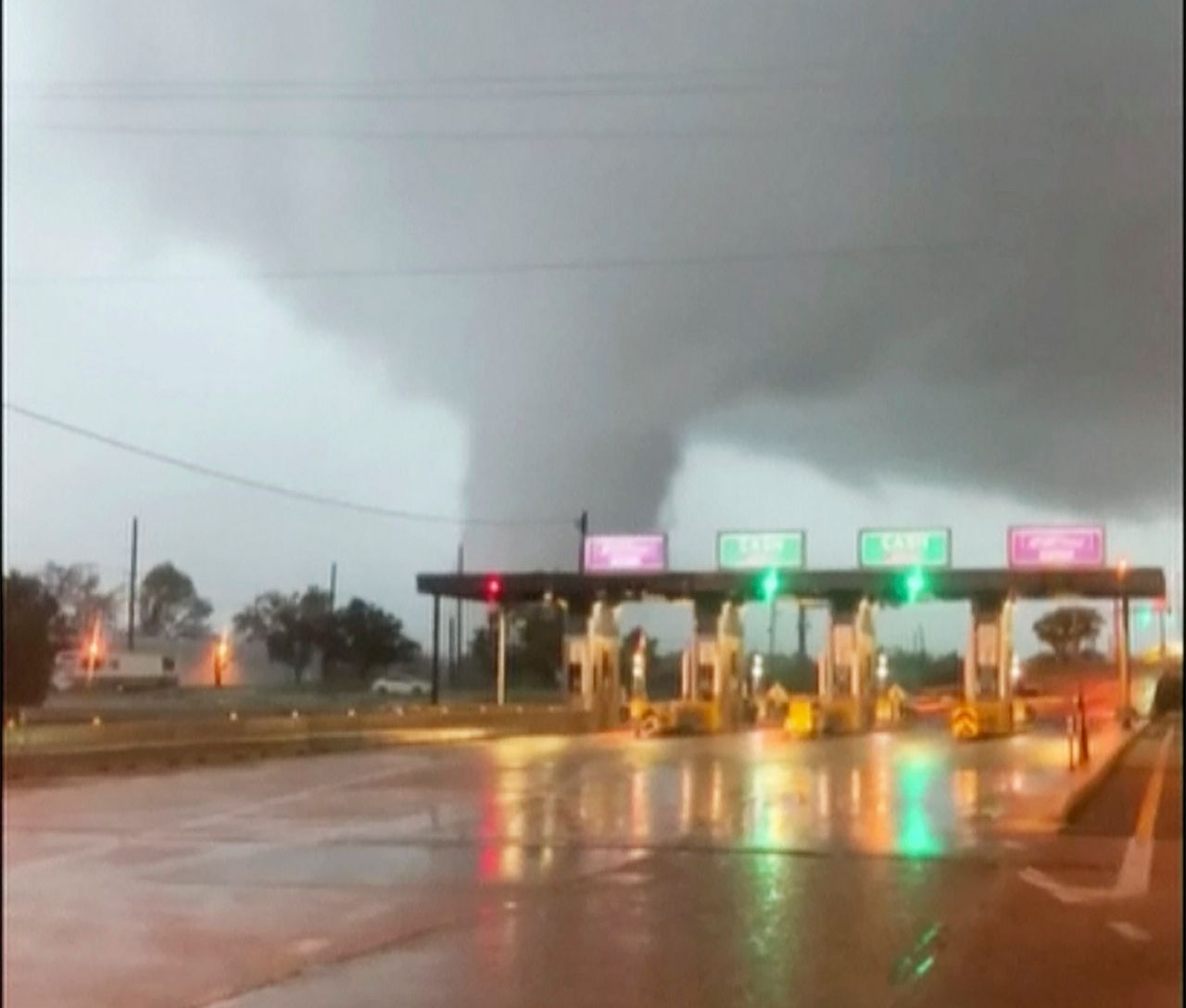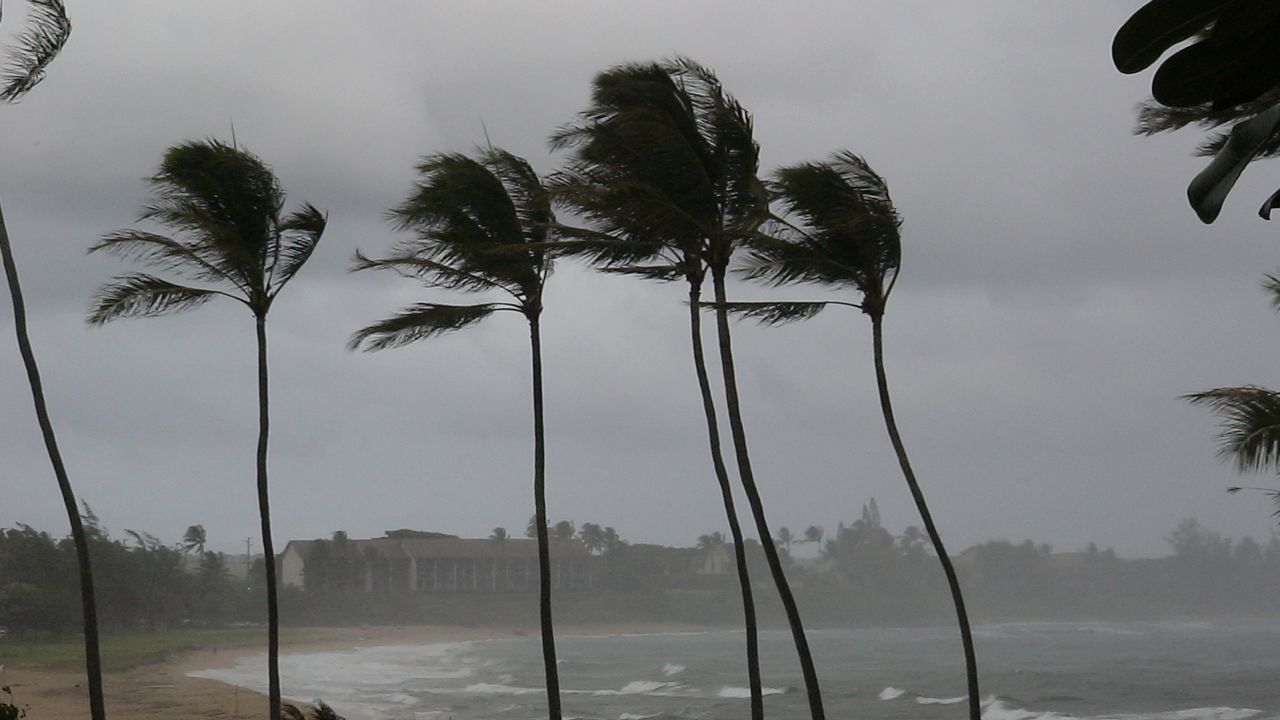Tropical cyclones come with a handful of impacts- powerful winds, heavy rainfall and numerous coastal hazards being the most notable.
Yet, there’s another danger that's sometimes overlooked, the increased threat of tornadoes.
Tropical cyclone-driven tornadoes aren’t unheard of. In fact, many landfalling tropical systems produce them- or at least run the risk of producing them.
Once the storm moves over land, winds near the surface become obstructed by topography and infrastructures, causing them to decelerate as winds aloft maintain their speeds.
This change in wind speed and direction with altitude creates vertical wind shear, a prime component necessary for a tornado to form. Encountering a front or an increase in atmospheric instability will further promote the likelihood.
Most of these spin-up tornadoes happen in the right front quadrant, or 'dirty side' of the storm, where winds are the strongest. Although tornadoes are possible any in of the thunderstorms that make up the storm's outer bands, and could even occur near the eyewall.

Hurricane Idalia in August 2023 brought historic impacts across parts of the Southeast, including hurricane and tropical storm force winds, record-breaking storm surge and rainfall. It also spun up several tornadoes, too.
The National Weather Service (NWS) confirmed 10 tornadoes as Idalia tracked across the Southeast, many of which only lasted brief time.
Prior to this, the threat of tornadoes was well-warned. Many of the areas that confirmed tornadoes were under a Tornado Watch ahead of time.
Tropical cyclone-generated tornadoes are also typically weak and short-lived.
According to NOAA, this is because much of the instability associated with tropical cyclones is situated in the lower levels of the atmosphere. As a result, the thunderstorm cells capable of producing tornadoes are smaller and shallower.
Most tornadoes produced by tropical systems are usually only rated as an EF-0 or EF-1, but stronger tornadoes are still possible.

In September 2021, the remnants of Ida spun up numerous tornadoes as it cut across the Mid-Atlantic. Of the tornadoes that were reported, the NWS confirmed an EF-3 tornado touched down in Mullica Hill, New Jersey, damaging several homes and properties.
Most tornado-warned cells happen within the minutes leading up to event- and that is especially true with tropical cyclone-driven tornadoes. That is why it is imperative to remain alert and always have a way of receiving important alerts and notifications when there is a threat of tornadoes.
Our team of meteorologists dives deep into the science of weather and breaks down timely weather data and information. To view more weather and climate stories, check out our weather blogs section.



